#artist is willard leroy
Explore tagged Tumblr posts
Text
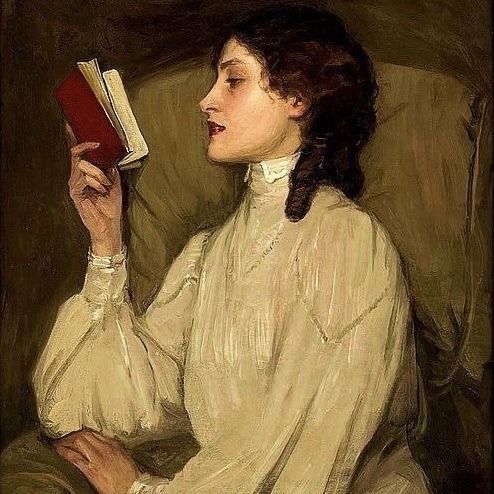

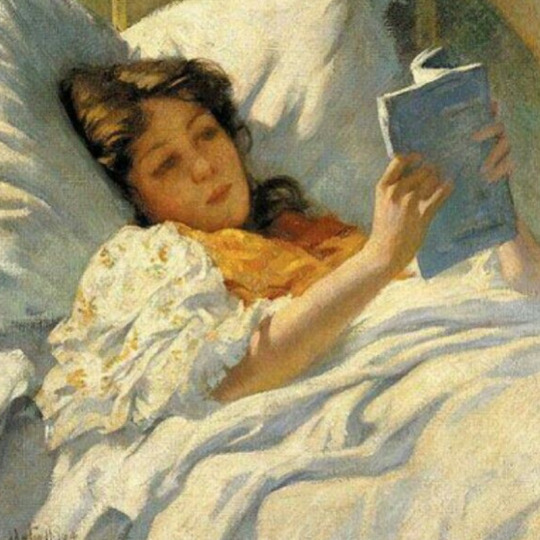

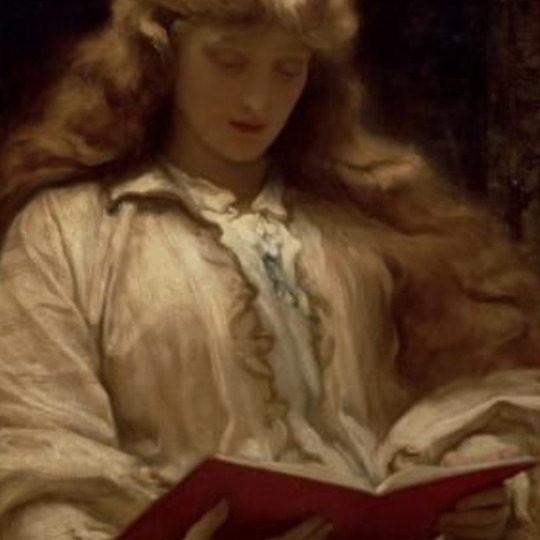
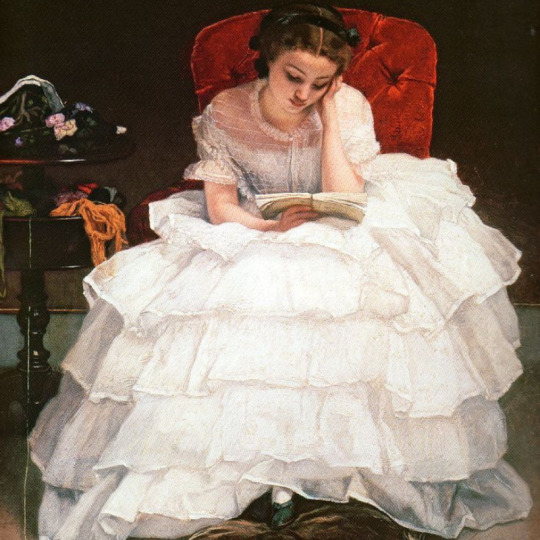
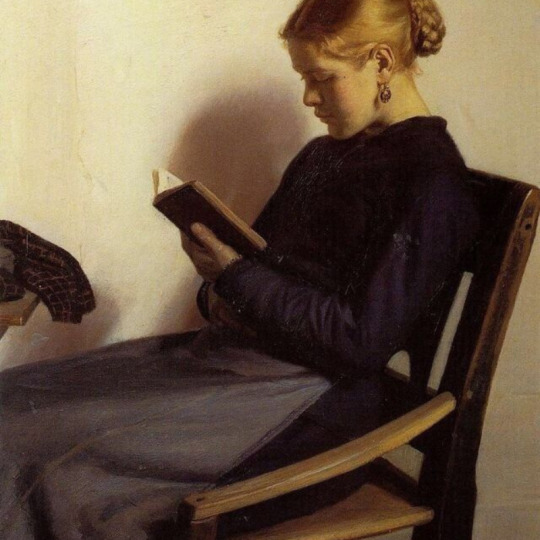
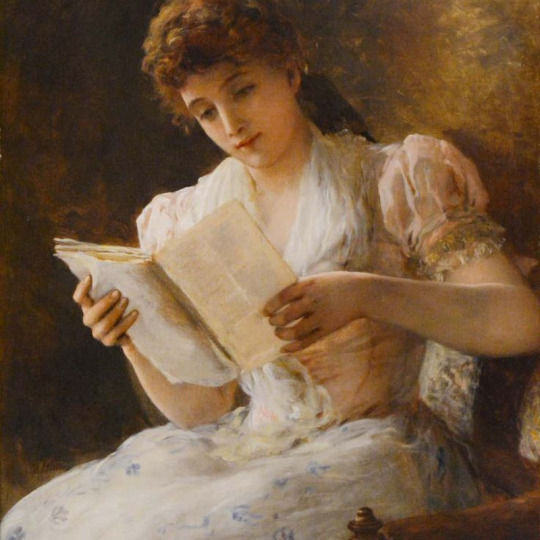


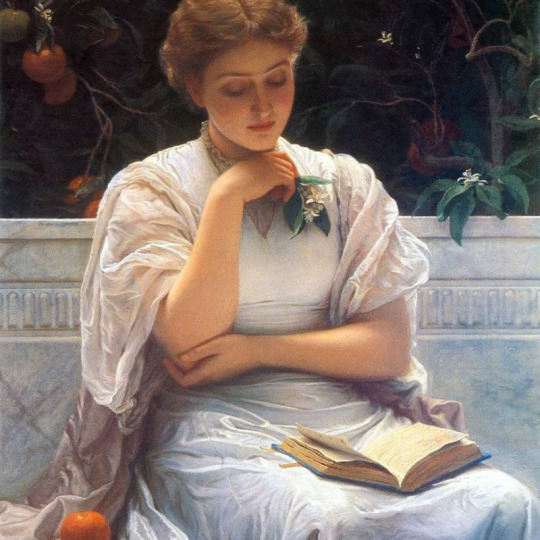
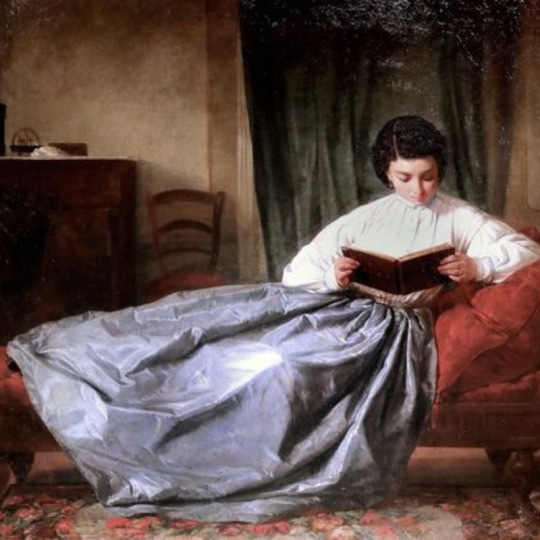

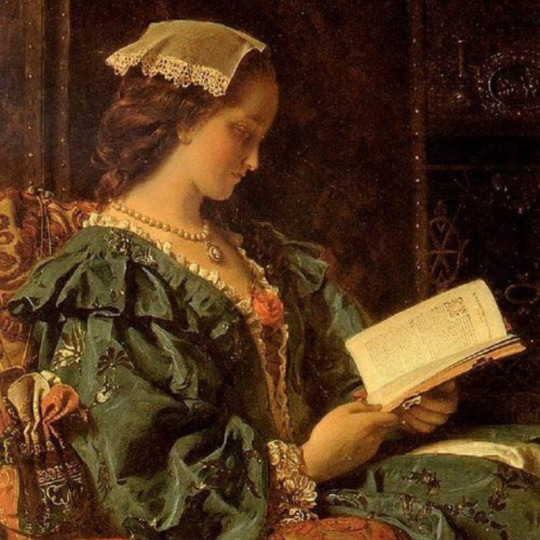

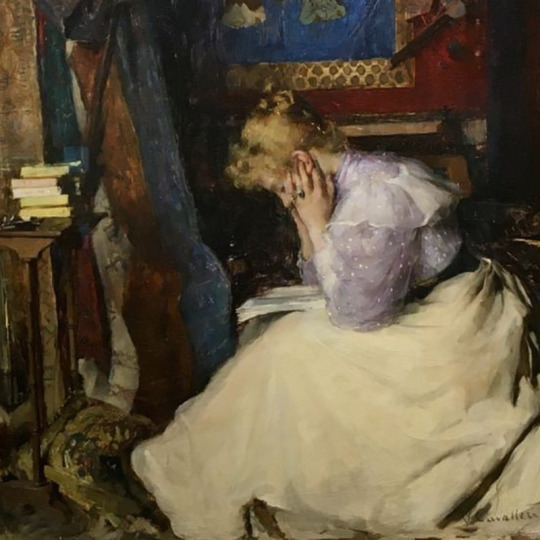

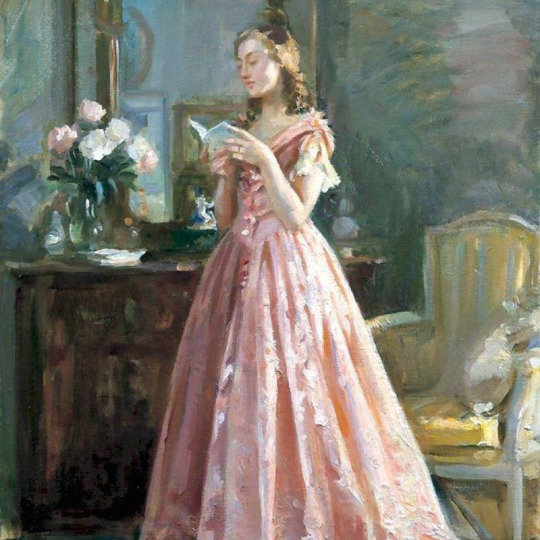
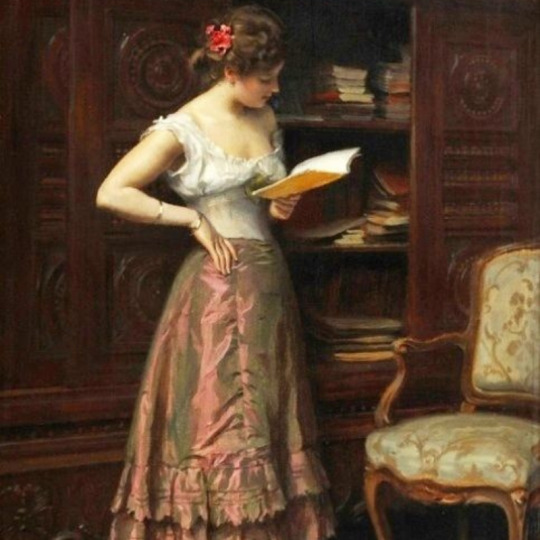
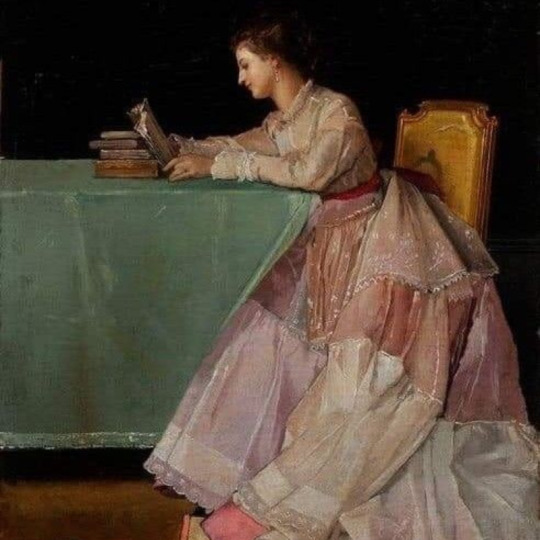
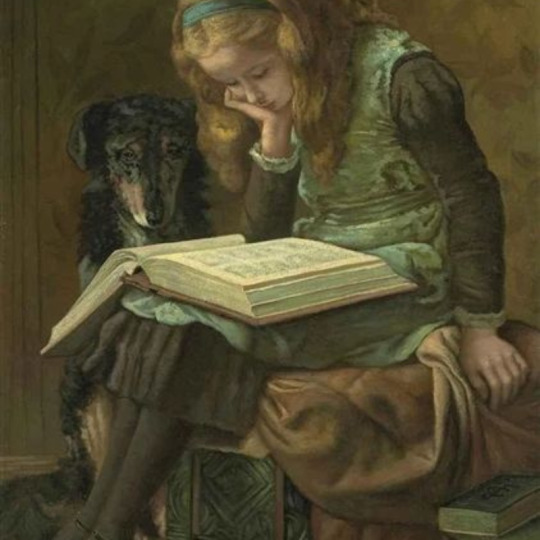
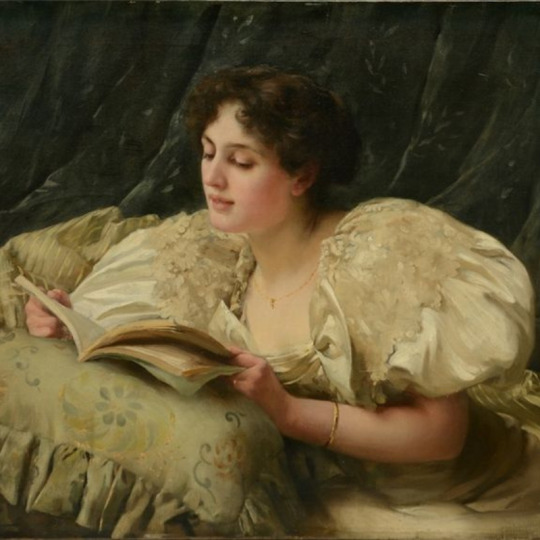

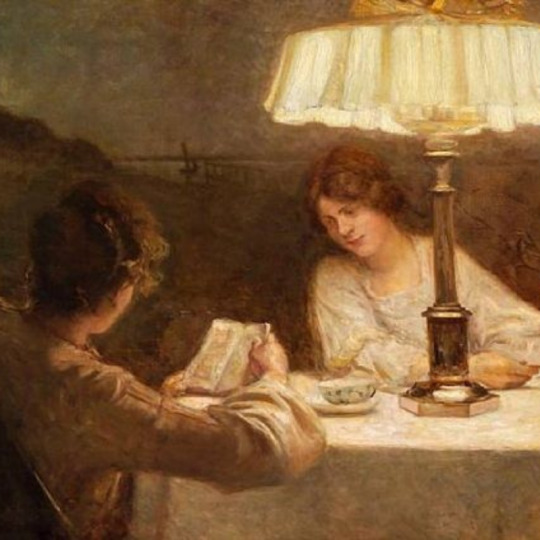
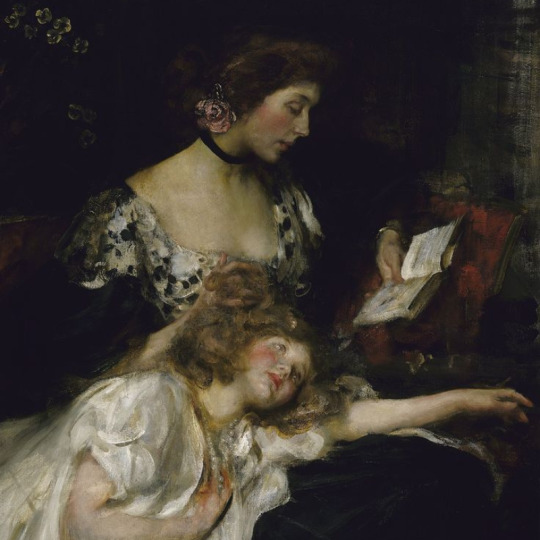
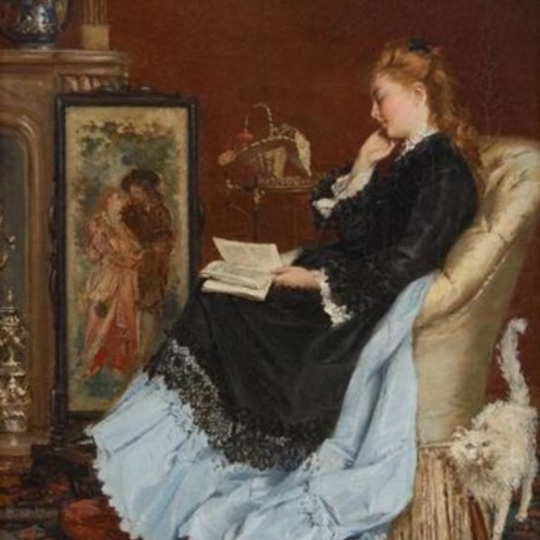

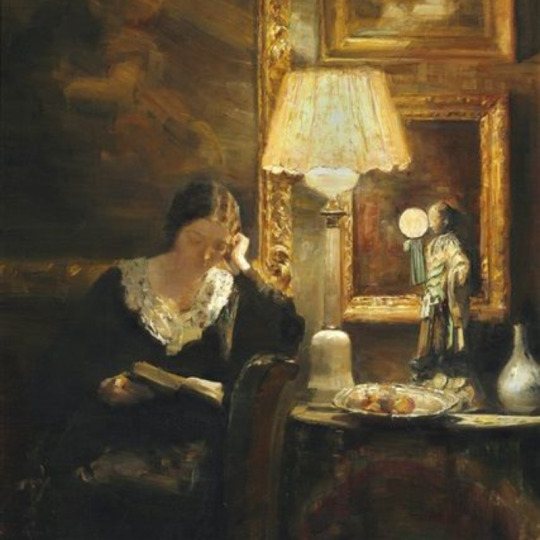
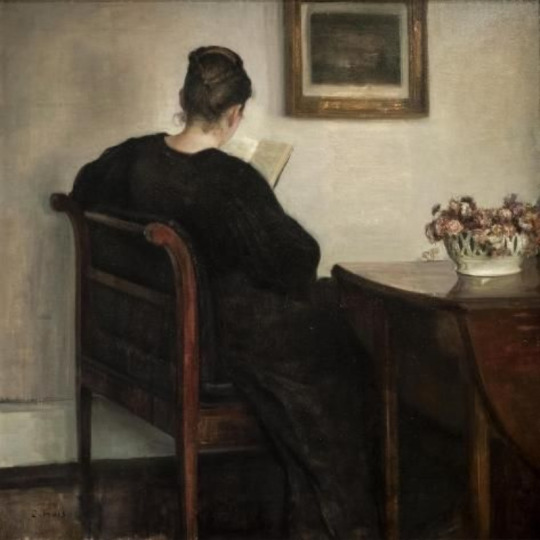
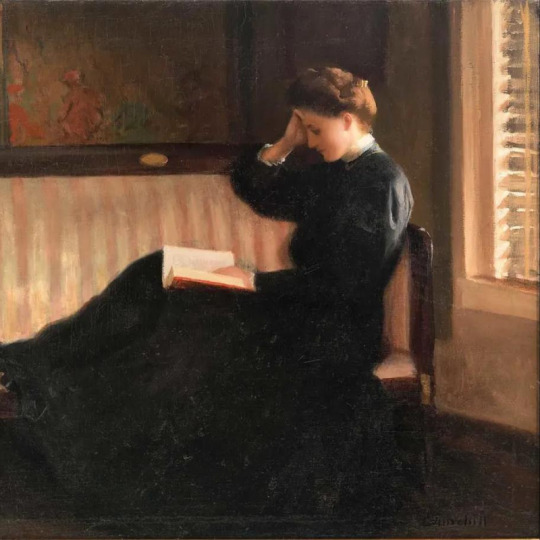
reading + art
#sir john lavery's “miss aura's the red book”#cant find artist or painting name#artist is willard leroy#artist is frederick morgan#the maid with golden hair by frederic lord leighton#girl reading by alfred emile stevens#young girl reading by michael peter ancher#woman reading book by william oliver#a pleasant corner by john callcott horsley#woman reading by jacques-emile blanche#in the orangery by charles edward perugini#artist is joseph duran#girl with pigtails by samuel henry willam llewllyn#the love tale by francis john wyburd#lady sirling maxwell by james guthrie#artist is roma ribera#a lady reading a book by albert chevallier tayler#artist is wilfred gabriel de glehn#woman reading standing by frederic dufaux#artist is jules-adolphe goupil#view reading by charles james#cant find artist or painting#young girl reading by jean-honore fragonard#artist is christian valdemar clausen#mother and child by james jebusa shannon#artist is albert roosenboom#lady with a book in a garden by frantisek dvorak#aften by carl vilhelm holsoe#reading woman by carl holsoe#woman reading on a sette by william w churchill
3K notes
·
View notes
Text

Icebound Brook by Willard Leroy Metcalf (1922)
#Icebound Brook#Willard Leroy Metcalf#american#painter#artist#landscape#art#painting#snowy#winter#season#impressionism#oil on canvas
32 notes
·
View notes
Video
Willard LeRoy Metcalf «October Festival», 1914 by Art Therapy by Julianna Via Flickr: Oil on canvas; 66x73.7 cm. {26x29in}
2 notes
·
View notes
Text
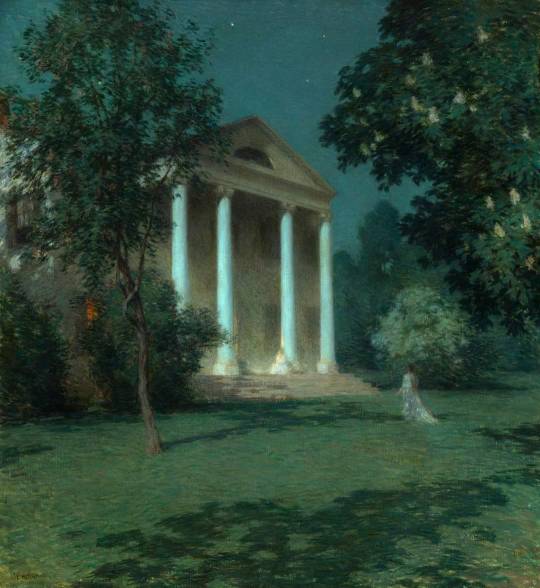
Willard Leroy Metcalf (USA, 1858-1925), "May Night" (1906)
Oil on canvas, 99.5 × 91.7 cm
Washington D.C., National Gallery of Art (Corcoran Collection)
[Painting of the Florence Griswold Museum (House) in Old Lyme, Connecticut]
"Completed during his second of three summers at the burgeoning artists' colony in picturesque Old Lyme, Connecticut, May Night is Willard Metcalf's homage to the creative ferment he experienced there and to its host, Florence Griswold. The focus of this moonlit nocturne is the late-Georgian-style home of Miss Florence, as she was known, the last surviving member of a prominent local shipbuilding family. Forced to take in boarders to survive financially, Miss Florence welcomed several landscape painters to her home, including Childe Hassam.
Metcalf studied at the School of the Museum of Fine Arts, Boston and later in Paris at the Académie Julian, where he frequented French artist colonies, including Giverny where he visited Claude Monet. There, Metcalf's exposure to French Impressionism and the development of his interests in botany and ornithology predisposed him to accept invitations from Miss Florence and his old friend Hassam to visit Old Lyme. Apparently thrilled with the natural beauty, artistic camaraderie, and opportunities to paint outdoors, Metcalf enjoyed a productive first summer in Old Lyme in 1905. He likely conceived May Night before returning the following May, and the ambitious canvas apparently occupied him through the following autumn. His work was aided by inclement weather early that summer; as Hassam wrote to his fellow painter J. Alden Weir, "Metty [Metcalf] is working hard at a moonlight. We are all doing moonlights. The weather has been so bad that we have been forced to it."
May Night shows an ethereally dressed figure that surely represents Miss Florence, for whom Metcalf painted the canvas, crossing the shadow-strewn lawn toward a seated companion. Set beneath a canopy of stars, lush trees frame the scene; the triangular shapes of the dogwood tree, and the white horse-chestnut blossoms echo those of the women's pale gowns. Metcalf enhanced his painted tribute to his host in several ways. He improved on the somewhat dilapidated appearance of the mansion and grounds and rendered the house as otherworldly and nearly templelike, perhaps in reference to its nickname, Holy House. An off-center perspective and the exaggerated height of the Ionic columns emphasize the home's portico (the porch at the entrance), the most classical feature of the house. The only reminder of modern life Metcalf chose to include is the glowing yellow light seen in the doorway and the windows on the left, suggesting lamplight.
Miss Florence was thrilled with Metcalf's painting, saying it "was the best thing he had ever done." When the artist offered her May Night in exchange for room and board, however, she refused to accept it, instead encouraging him to exhibit the work in New York, where it went on to receive critical acclaim. Metcalf's work also inspired other American artists to paint moonlight views, which became something of a trademark in Old Lyme."
(text by the National Gallery of Art)
1 note
·
View note
Text
Inspirational art: Midsummer Twilight - Willard Leroy Metcalf
Inspirational art: Midsummer Twilight - Willard Leroy Metcalf https://creativeramblings.com/inspirational-art/midsummer-twilight-willard-leroy-metcalf/
Sharing the most inspirational art I can find on the web! Title: Midsummer Twilight Date: ca. 1890 Artist: Willard Leroy Metcalf (1858-1925) Type of art: oil on canvas Source and information: National Gallery of Art

View On WordPress
0 notes
Photo

The Poppy Garden - Willard Leroy Metcalf, 1905.
American,1858-1925
Oil on canvas, 60,9 × 60,9 cm.
93 notes
·
View notes
Photo

Icebound, Willard LeRoy Metcalf, 1909, Art Institute of Chicago: American Art
Icebound is part of a series of painings that WIllard Metcalf completed in the artist colony of Cornish, New Hampshire, during repeated visits in the winter months between the years 1909 and 1920. Specializing in landscape, Metcalf was greatly inspired by Impressionism, yet in this painting, he strayed from the pastel colors of that style and adopted an earthy palette with rich, russet tones. The unconventional look across, rather than along, Blow-Me-Down Brook limits the perspective, forcing the viewer to look down the banks of the brook to the clear, ice-covered water. Painted en plein air in the Cornish wilderness, the winter scenes of this series were some of Metcalf's most celebrated and critically praised works. Walter H. Schulze Memorial Collection Size: 73.7 × 66.4 cm (29 × 26 1/8 in.) Medium: Oil on canvas
https://www.artic.edu/artworks/90894/
3 notes
·
View notes
Text
19 Works, July 1st. is Willard Metcalf's day, his story, illustrated with footnotes #178
19 Works, July 1st. is Willard Metcalf’s day, his story, illustrated with footnotes #178
Willard Leroy Metcalf (American, 1858 – 1925)Sunset at GrezOil on canvas34 × 43 5/8 in. (86.2 × 110.6 cm)Hirshhorn Museum and Sculpture Garden Willard Leroy Metcalf (July 1, 1858 — March 9, 1925) was an American artist born in Lowell, Massachusetts. Metcalf’s parents, themselves artistically inclined, early recognized their son’s talents and encouraged his proper training. He served first as an…

View On WordPress
0 notes
Photo

Willard Leroy Metcalf (1858-1925) was an American artist born in Lowell, Massachusetts. He studied at the School of the Museum of Fine Arts, Boston, and later attended Académie Julian, Paris. After early figure-painting and illustration, he became prominent as a landscape painter. (Wikipedia) ("Sunlight and Shadow" by Willard Metcalf)
2 notes
·
View notes
Text
Willard Metcalf - American artist
Willard Metcalf – American artist
Willard Metcalf – American artist
Willard Leroy Metcalf (July 1, 1858 – March 9, 1925) was an American artist born in Lowell, Massachusetts. He studied at the School of the Museum of Fine Arts, Boston, and later attended Académie Julian, Paris.
After early figure-painting and illustration, he became prominent as a landscape painter. He was one of the Ten American Painters who in 1897 seceded…
View On WordPress
0 notes
Photo

The Golden Screen - Willard Leroy Metcalf ,1906
American, 1858 - 1925
Oil on canvas, 91.44 cm (36 in.), 99.06 cm (39 in.)
119 notes
·
View notes
Photo

The Village in Late Spring - Willard Leroy Metcalf , 1920
American. 1858-1925
oil on canvas, 29 1/4 x 33 1/2",
Private collection.
86 notes
·
View notes
Photo

Icebound, Willard LeRoy Metcalf, 1909, Art Institute of Chicago: American Art
Icebound is part of a series of painings that WIllard Metcalf completed in the artist colony of Cornish, New Hampshire, during repeated visits in the winter months between the years 1909 and 1920. Specializing in landscape, Metcalf was greatly inspired by Impressionism, yet in this painting, he strayed from the pastel colors of that style and adopted an earthy palette with rich, russet tones. The unconventional look across, rather than along, Blow-Me-Down Brook limits the perspective, forcing the viewer to look down the banks of the brook to the clear, ice-covered water. Painted en plein air in the Cornish wilderness, the winter scenes of this series were some of Metcalf's most celebrated and critically praised works. Walter H. Schulze Memorial Collection Size: 73.7 × 66.4 cm (29 × 26 1/8 in.) Medium: Oil on canvas
https://www.artic.edu/artworks/90894/
2 notes
·
View notes
Text
Inspirational art: Midsummer Twilight - Willard Leroy Metcalf
Sharing the most inspirational art I can find on the web! Title: Midsummer Twilight Date: ca. 1890 Artist: Willard Leroy Metcalf (1858-1925) Type of art: oil on canvas Source and information: National Gallery of Art Check out my digital art!

View On WordPress
2 notes
·
View notes
Photo

Icebound, Willard LeRoy Metcalf, 1909, Art Institute of Chicago: American Art
Icebound is part of a series of painings that WIllard Metcalf completed in the artist colony of Cornish, New Hampshire, during repeated visits in the winter months between the years 1909 and 1920. Specializing in landscape, Metcalf was greatly inspired by Impressionism, yet in this painting, he strayed from the pastel colors of that style and adopted an earthy palette with rich, russet tones. The unconventional look across, rather than along, Blow-Me-Down Brook limits the perspective, forcing the viewer to look down the banks of the brook to the clear, ice-covered water. Painted en plein air in the Cornish wilderness, the winter scenes of this series were some of Metcalf's most celebrated and critically praised works. Walter H. Schulze Memorial Collection Size: 73.7 × 66.4 cm (29 × 26 1/8 in.) Medium: Oil on canvas
https://www.artic.edu/artworks/90894/
1 note
·
View note
